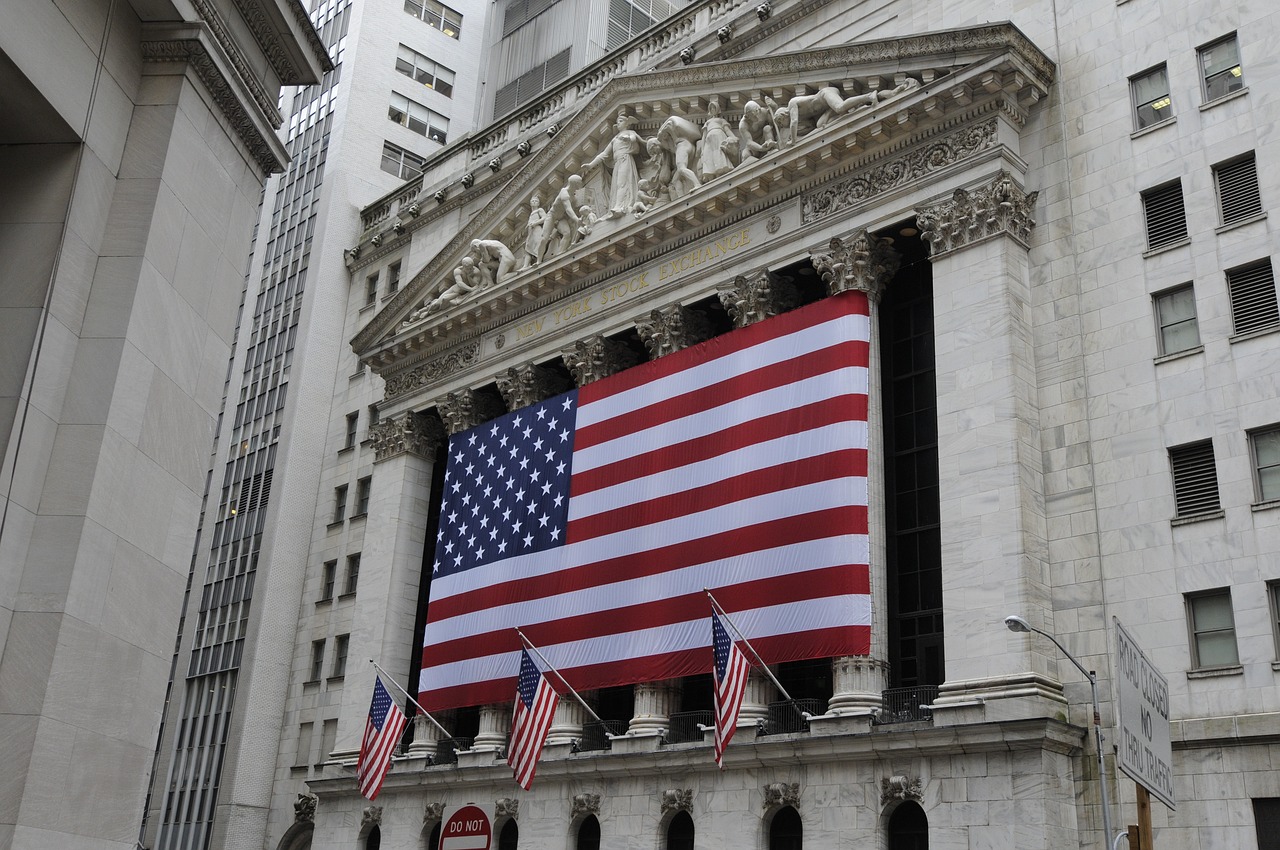What's up with the U.S. credit downgrade?

As if we didn't already have enough trade wars, Moody's decided to make investors nervous by downgrading the U.S. credit rating from Aaa to Aa1, stripping the government of its top-tier status. To be fair, Fitch made a similar move in 2023, and S&P Global did it even earlier, in 2011.
How did the markets react then? On August 8, 2011, the S&P 500 plunged 6.66%, while the dollar index rose about 2%. In 2023, the market reaction was much more subdued: the S&P 500 fell only 1.4%, and the DXY rose 0.55%. This time, the S&P 500 even rose, while the DXY fell.
On the other hand, the yield on the 30-year Treasury bond rose to 5%. Although it retreated a bit during the session, there is no guarantee that it will not rise again, considering that many mutual funds have policies that prevent them from holding securities below a certain credit rating.
Thus, when the rating is downgraded, they could be forced to sell. In fact, reports have surfaced that Hong Kong pension fund managers are expressing concern that they may have to sell U.S. Treasuries because of Moody's decision. If that happens, yields could rise further.
The main problem is that rising US Treasury yields increase the cost of servicing the national debt, which is already putting pressure on the government. In addition, this year the U.S. Treasury needs to refinance nearly $7 trillion of debt, roughly a quarter of all outstanding government debt in the market.
Against this backdrop, some believe the Fed could move from QT to QE.
The regulator may not lower interest rates mainly because of the risk of inflation spiking due to tariffs. Although China and the US have agreed to reduce reciprocal tariffs between the US and China from 125% to 10% for 90 days, overall tariffs are still above pre-Trump levels.
To be more precise, Jerome Powell stated that the Fed will pay more attention to the gap between unemployment and inflation, and how quickly inflation can return to target. If inflation picks up briefly but the labor market weakens for longer, the Fed is likely to prioritize employment.